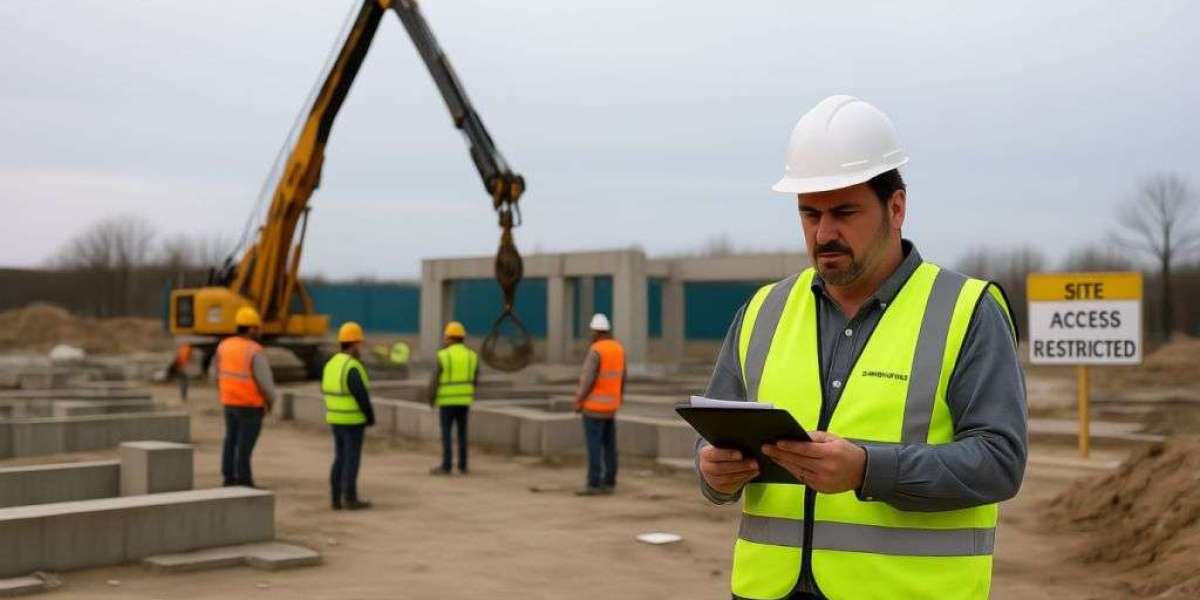Maintaining a Tadano crane’s engine is a critical task for operators. When components wear out or fail, you face a pivotal choice: opt for OEM parts or explore replacement options like aftermarket or remanufactured parts. Each path impacts performance, cost, and uptime, with unique benefits and challenges. This article breaks down the key considerations to help crane owners, fleet managers, maintenance supervisors, and technicians make informed decisions that keep operations running smoothly.
Why Your Choice Matters
The engine is the core of a Tadano crane, powering hydraulics, electrical systems, and auxiliary functions. A substandard part can lead to reduced efficiency, premature wear, or safety risks. Downtime is another major concern—delays in sourcing Tadano crane parts can halt projects, leading to significant financial losses. Your decision hinges on three core factors: compatibility and performance, cost and availability, and long-term reliability.
Choosing the wrong part can cause misalignment, increased fuel consumption, or even engine failure. The right choice ensures your crane operates at peak performance, minimizing disruptions and maintaining safety standards.
OEM Parts: The Factory Standard
OEM (Original Equipment Manufacturer) parts are those specified by Tadano during crane production. Engineered to meet precise standards, these parts ensure perfect fit, material quality, and performance as intended by the manufacturer.
The benefits are compelling. OEM Tadano crane parts install seamlessly, adhering to factory tolerances and durability requirements. This minimizes installation errors and ensures consistent operation. Many OEM parts come with manufacturer warranties, providing a safety net if a component fails prematurely. For critical components like fuel injectors, crankshafts, or engine control modules (ECMs), this reliability is essential.
The drawbacks? OEM parts are typically more expensive, often by a significant margin. Sourcing can be slow, particularly for older Tadano models or specialized components with limited availability. If your crane is sidelined during a time-sensitive job, waiting days or weeks for an OEM turbocharger or piston can result in costly delays.
When to choose OEM: Select OEM parts for safety-critical or high-precision components like cylinder heads, camshafts, or ECMs, where performance and safety are paramount.
Replacement Parts: A Cost-Effective Alternative
Replacement parts include aftermarket components, generic options, and remanufactured units. Their quality ranges from high-end products that rival OEM to low-end options that prioritize cost over durability.
Premium aftermarket Tadano crane parts from trusted crane parts suppliers can deliver OEM-level performance at a reduced price. Some feature enhanced materials or designs, potentially improving longevity. Rebuilt parts, when refurbished by certified shops using OEM-spec cores, offer an economical solution for costly components like alternators, fuel pumps, or turbochargers.
The challenge is variability. Low-quality aftermarket parts may use subpar materials or loose tolerances, leading to shorter lifespans, inefficiencies, or unexpected failures. A faulty part could damage other engine components, such as a substandard oil pump causing bearing wear. Partnering with a reputable crane parts supplier is crucial to avoiding these risks.
When to choose replacement: Opt for aftermarket or rebuilt parts for non-critical components like belts, hoses, filters, or gaskets, where risks are minimal. For complex parts like fuel systems or starters, ensure the supplier provides proven quality, clear documentation, and robust return policies.
Cost vs. Downtime: The Practical Trade-Off
Imagine a scenario: a critical engine part fails during a high-stakes project. An OEM part is available but requires a 10-day lead time. A replacement part from a local crane parts supplier can arrive tomorrow. Which do you choose?
Weigh direct costs (part price, shipping) against indirect costs (downtime, lost revenue, crew idle time). Downtime often represents the largest expense. For example, a $2,500 OEM part might seem expensive compared to a $1,500 replacement, but if waiting for the OEM part costs $12,000 in lost productivity, the replacement is the smarter choice.
Quality is critical, however. A cheap replacement that fails quickly could lead to severe engine damage, such as a faulty turbo causing oil contamination. Always verify the replacement part’s specifications with your crane parts supplier to ensure compatibility with your Tadano crane.
Warranties and Traceability
OEM Tadano crane parts typically offer comprehensive warranties and full traceability to the manufacturer. This simplifies compliance with safety regulations, insurance claims, or audits. If a part fails, you can document its origin and seek support from Tadano.
Replacement parts may include warranties, but their scope varies. Rebuilt parts’ reliability depends on the remanufacturer’s quality control. A reliable crane parts supplier provides detailed documentation, including serial numbers and certifications, to ensure accountability and reduce risks.
Selecting a Reliable Supplier
Your crane parts supplier is a key partner. Choose one with expertise in Tadano crane parts, capable of confirming compatibility using your crane’s serial number. They should maintain inventory for fast delivery and offer technical support for complex repairs.
Ask critical questions: Do they source directly from manufacturers? What quality controls are in place for rebuilt parts? Are return policies transparent? A supplier specializing in Tadano crane parts can prevent costly mistakes and ensure you get the right part, whether OEM or replacement.
Practical Tips for Success
- Prioritize OEM for critical systems: Components like ECMs, fuel injectors, or crankshafts demand factory precision to avoid safety risks.
- Choose replacements for simpler parts: Filters, belts, or gaskets are low-risk candidates for aftermarket or rebuilt options.
- Stock common parts: Keep an inventory of frequently replaced Tadano crane parts to minimize downtime.
- Vet remanufactured parts: Ensure rebuilt components come from certified shops with rigorous quality controls.
- Track maintenance data: Record part numbers, installation dates, and service hours to identify trends and optimize future purchases.
Additional Considerations
Consider your operational context when deciding. For high-pressure jobs with tight schedules, replacement parts from a trusted crane parts supplier can minimize downtime. For long-term projects where reliability is critical, OEM parts may justify the cost. Review your fleet’s maintenance history to identify recurring issues—investing in OEM Tadano crane parts might prevent frequent failures.
Training your team to recognize quality differences can streamline repairs. Technicians should understand your crane’s specifications and the risks of subpar parts. A crane parts supplier with technical expertise can further enhance your maintenance process. Regular maintenance audits can also help identify patterns, allowing you to stock critical Tadano crane parts and reduce emergency repairs.
Final Thoughts
Choosing between OEM and replacement engine parts for Tadano cranes is a strategic decision that balances performance, cost, and reliability. OEM parts offer unmatched precision and traceability but can strain budgets and schedules. Replacement parts provide flexibility and savings, provided you partner with a reputable crane parts supplier. Weigh compatibility, downtime, warranties, and long-term risks to find the best solution for your needs.
Collaborate with a supplier who specializes in Tadano crane parts and maintains robust inventory and support. Keep detailed records to inform future decisions. For critical engine systems, lean toward OEM to avoid surprises. This approach ensures your cranes remain operational, delivering value on the job site with minimal disruptions.







